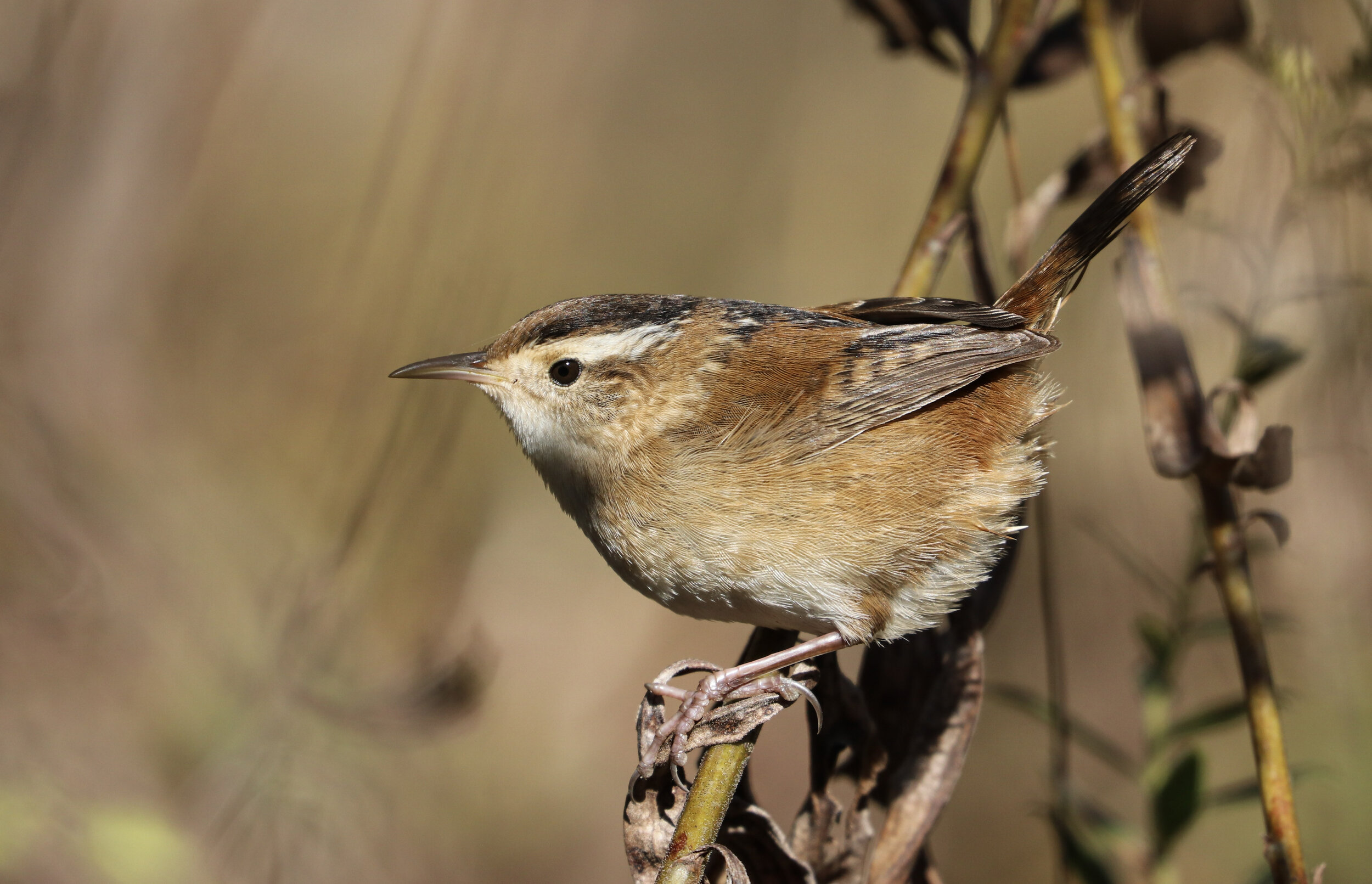Centrally located in the City of Charlottesville just off US 250, McIntire Park is one of the city’s largest and most visited parks. Though it’s species total is less impressive than some of Cville’s other hotspots, it offers birders opportunities to see some species that are otherwise very difficult within city limits.
The park can easily be accessed by parking in one of the lots located at the north end of Rugby Avenue by the softball fields and YMCA. There is also a small gravel lot located at the west end of the footbridge that crosses the railroad tracks.
The area of the park east of the railroad tracks is by far the better place to look for birds at all times of year. Early spring offers migrant Eastern Meadowlarks and Savannah and Vesper Sparrows (this is probably the best location for the latter species anywhere in the greater Cville area, since the lack of suitable habitat in the city funnels them all here). The sparrows are found all throughout this area, but are especially fond of the southeast corner of the hill, near a young sycamore tree. This is also a prime location to observe Tree Swallows and Eastern Bluebirds, as many nest boxes are scattered throughout the park. Keep an eye out for Common Ravens as well, since they have nested on the cell tower visible to the north and this is the time of year when you could observe behaviors such as carrying nesting material.
Later in spring and summer, the oak grove atop the hill is worth a check for migrant warblers, and Blue Grosbeaks, Indigo Buntings, Orchard Orioles, Great Crested Flycatchers, and Eastern Kingbirds can all be found here with regularity during the breeding season.
Fall birding offers a chance for sparrows such as White-crowned and Lincoln’s, and Palm Warblers are ubiquitous in the weedy fields. Winter is not really a worthwhile time to visit, as all the other good hotspots in the area have the same species and more.
One thing to note for birding in both spring and fall is that many migrant birds pass through the park early in the morning, stopping either briefly or not at all, so a dawn visit in migration could definitely pay off (this is how all of the Bobolinks have been recorded here so far). Also, the hill is a prime vantage point for hawk watching.
The area west of the train tracks is not nearly as good, but the woods behind the YMCA have some trails that can hold migrant warblers and if you are lucky, a Barred Owl. There is also a wooded area with some mowed paths on the east side of the tracks, north of the grassy knoll, this area could turn up warblers, but is usually pretty lackluster. This area is slated to become a botanical garden at some point in the future.
Notable records for the city include Wilson’s Snipe, Mississippi Kite, American Pipit, Grasshopper Sparrow, Vesper Sparrow, Bobolink, and Dickcissel.
Owner/Manager: City of Charlottesville
eBird Hotspot: McIntire Park
—Drew Chaney


